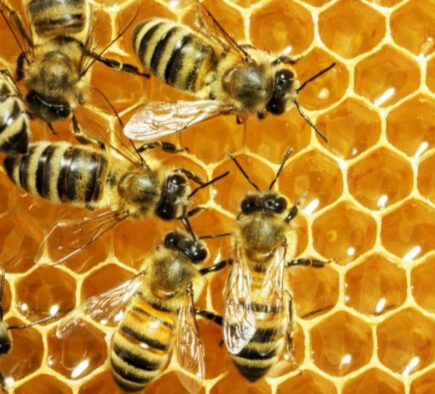Now, for most of us, bee stings aren’t a big deal. However, for some they are fatal. Seek IMMEDIATE medical attention if the person’s tongue swells, if the person has difficulty breathing, you observe a sudden rash, the person complains of nausea or blurred vision, or if the person has had a severe reaction to a previous sting. If a person is allergic, make sure you check to see if they have a special “pen” that injects epinephrine. It helps dilate their airways.
Basically you have 3 things to do for most people when they get a sting…
- Extract the wasp or bee stinger
- Clean the wound
- Find relief
The plant is plantain (Plantago major or broadleaf plantain, and Plantago lanceolata or narrowleaf plantain). This is a common “weed” found anywhere where soil has been disturbed. You’ll recognize it growing in the cracks of your neighborhood sidewalks. (Just remember to gather from a place that is not sprayed or frequently walked or peed on.)
 Plantain is a common herb that grows in lawns, along pathways, and areas with disturbed soil.
Plantain is a common herb that grows in lawns, along pathways, and areas with disturbed soil.
Plantain is well known for its ability to “draw.” That may come from its ability to draw up minerals to the soil in disturbed soil. Well, it also draws things like dirts, stingers, insect venom, and infectious materials — perfect for a bee sting remedy. A plantain poultice can also soothe other types of bug bites too, like itchy mosquito bites.
It’s an herb that you can access simply by chewing it up and placing it on a minor wound or sting. This is called a spit poultice. The laying on of leaves is very powerful remedy. And, it’s one you can easily share with anyone: a friendly plant that is always around to help us in need when we’re engaged in outdoor activities and a great bee sting remedy.

